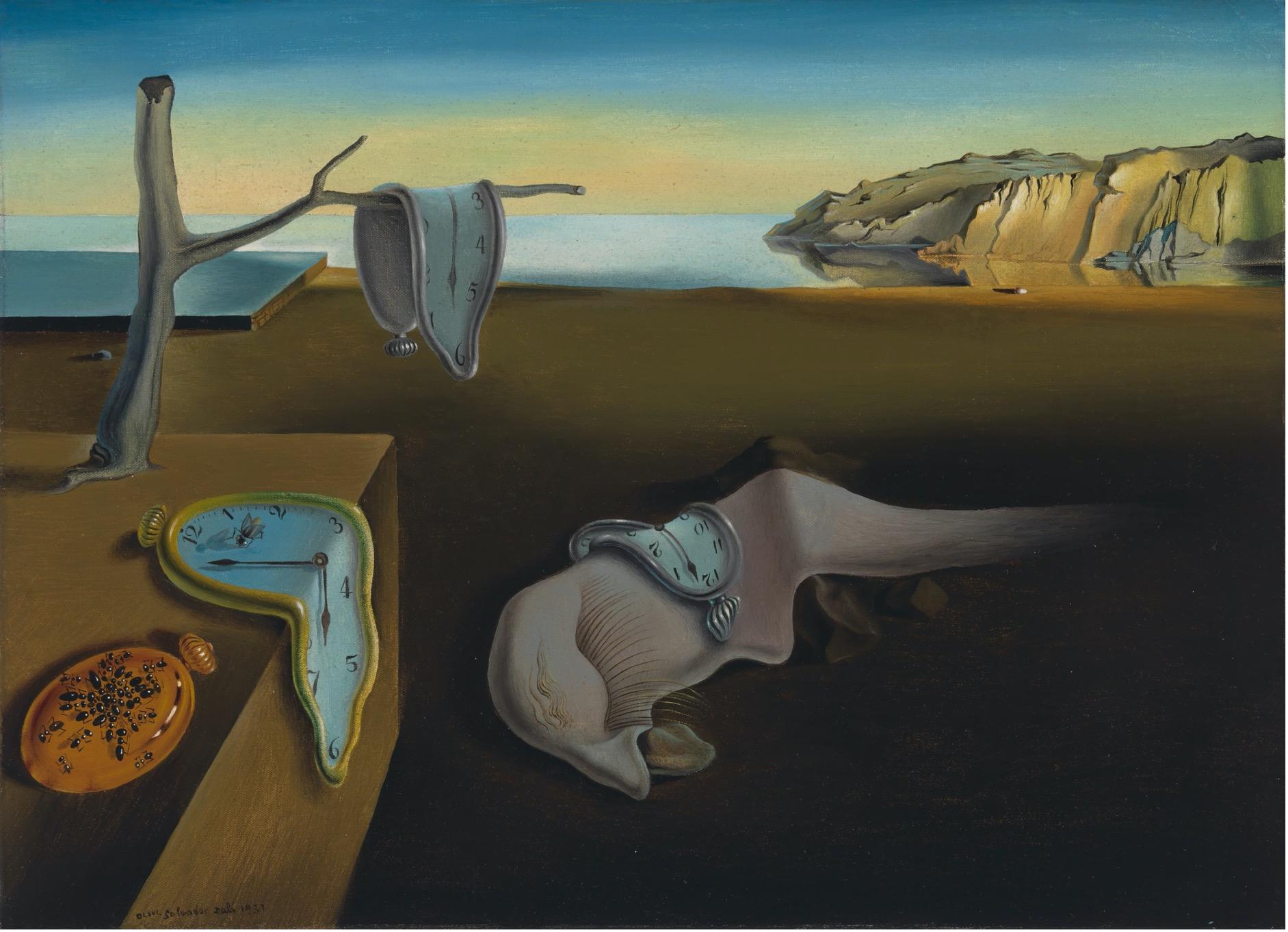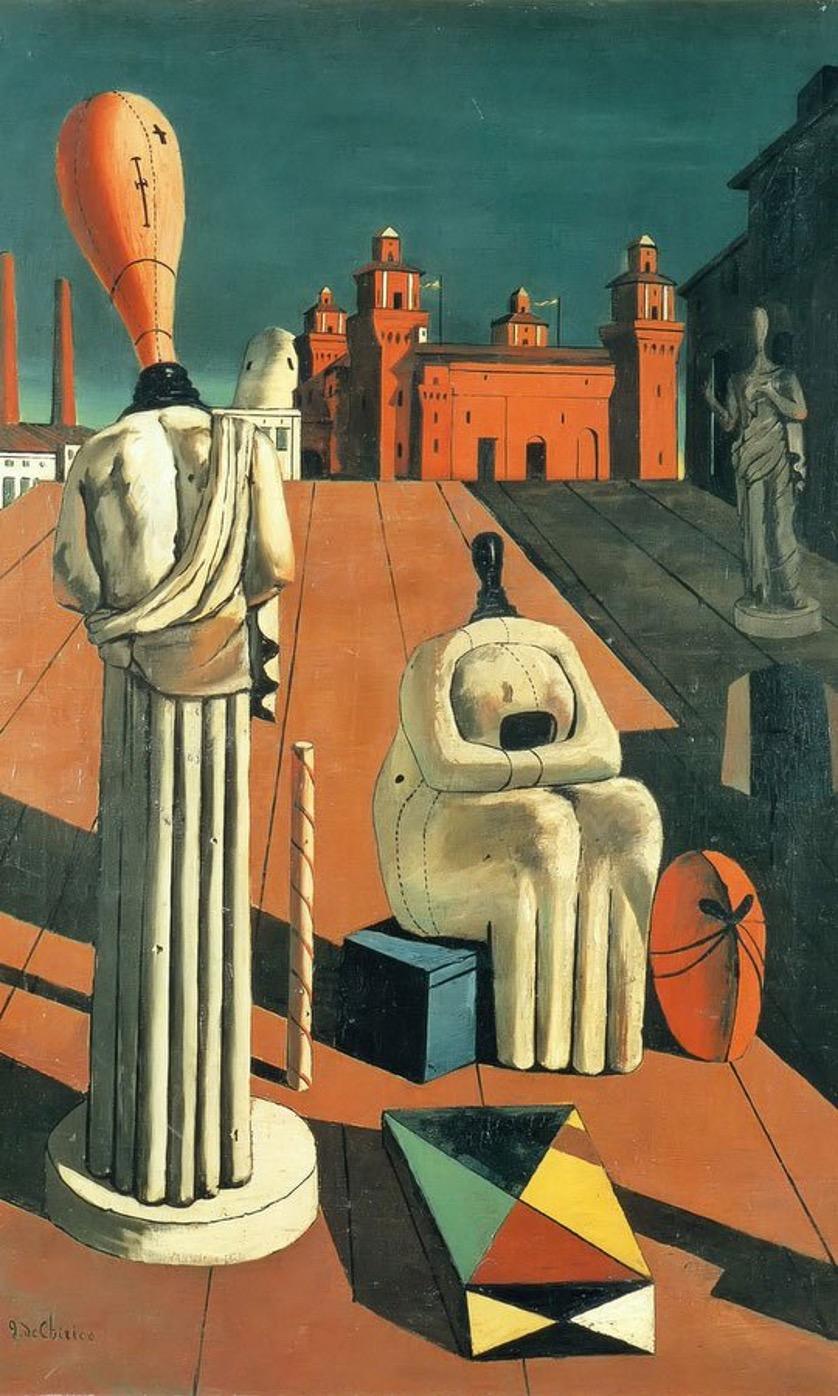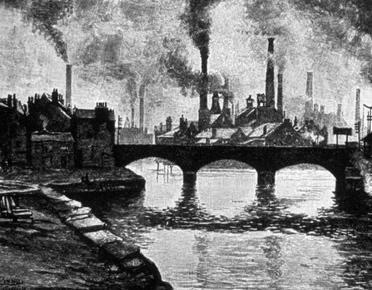
5 minute read
Surrealism, The Early Years - Blake Williams
from Serpentes Issue 6
Surrealism, The Early Years - Blake Wil liams
Surrealism is the expression of the subconscious, repressed intellectual desires and especially the dream. It is the art form of true freedom of expression. Surrealism led to the careers of Salvador Dali, Freida Kahlo and Rene Magritte and to the formation of much of the art of the late twentieth and early twenty-first century. It was the defining art style of the inter war years and many of the earliest pioneers formed a substantial part of their art around their hatred of their paternal generation because they blamed them for the atrocities of the First World War. The beginnings of surrealism are as vague as the art style itself and it is impossible to pinpoint an originator from a collection of artists who all in their own right formed a substantial amount of surrealism’s early years.
It is impossible to mention surrealism’s early years without mentioning André Breton and his surrealist manifesto. Breton was a French poet who did not fight in the First World War but treated shell shocked and other mentally ill patients in SaintDizier Psychiatric Centre. This is where Breton said that he found ‘almost all of the groundwork for surrealism’. This is because almost all of his work involved analysing patients’ dreams. In 1924 André Breton published the ‘Manifeste de surrealism’. This is the defining document of Breton’s interpretation of surrealism and what he believed to be the only document of any worth on surrealism. However, a week prior to the release, Yvan Goll published a differing doctrine by the same name. This led to a vicious battle for the rights to the term surrealism between both men and their devout followers which culminated with Breton winning the rights to the term Surrealism and virtually eliminating Yvan Goll from the history books. This would appear to be all the evidence that is required to make Breton the obvious originator of surrealism. There are however two problems with this claim, the first is that there are artists that preceded Breton who write or paint in surrealist techniques and the second is that Breton and his followers only believed Poetry and its dominance and refused to accept any other art form.
The phrase surrealism was coined by Guillimare Apollinaire in 1917 in reference to a painting by Giorgio de Chirico of a street location with a hallucinatory effect. The two men had been in correspondence for a period of two years with Guilimare effectively mentoring de Chirico. Guillimare Apollinaire was a French poet Novelist and short story writer as well as an art critic and passionate defender of cubism. As well as a passionate defender of surrealism he wrote the first surrealist novel, ‘The Breasts of Tiresias’, which became the base of Francis Poulenc’s 1947 opera les mamelles de Tiresias. He was both a defender and pioneer of surrealism but he did not do enough to launch surrealism through his own work to be considered a true originator of surrealism.
However, Apollinaire’s apprentice Giorgio de Chirico could be considered an originator; he painted arguably the first surrealist painting, and went on to paint throughout the height of the surrealist era creating some of the most memorable paintings of the surrealist age. However, he clashed with Breton and his legal definition of surrealism and rocked Breton and his devout followers with his painting because they were the physical representation of their poetry and Breton detested that his ‘purest’ artform was being besmirched by lesser artists through paint and canvas. The reason for his immense success was the way that he perfectly married the dream like surrealist with famous icons of the Romantics such as his painting ‘The Disquieting Muses’
with classic romantics figure like the marble statue but with a balloon for it head, or ‘The Song Of Love’ with the figure of Michelangelo’s David in the foreground of the painting but surrounded in dream like obscurity and even his iconic features have been warped and distorted like in a dream. De Chirico also wrote one surrealist novel in his time as an artist called Hebdomeros and it is widely regarded as a great and influential surrealist work. So de Chirico is undoubtedly a great surrealist and could be considered the founding father of surrealism. However, if it wasn’t for geography there could have been a very different surrealism because a certain Austrian had been writing surrealism defining papers and theories at the same time but outside of the French central hub of surrealism’s growth and instead in Germany.
I am referring to Sigmund Freud, the Austrian neurologist and founding father of psychoanalysis. Freud’s theory of the unconscious defined surrealism as “psychic automatism”. This was a process which encouraged freeing of the mind from a rational train of thought but also constraints such as moral and aesthetic judgement. The reason why Sigmund Freud would have been so influential in the Surrealist scene even though he was not an artist was his theory of the unconscious mind and the conscious mind and where the idea of surrealism sits in between the two. He was the motor which drove the idea of surrealism into the public focus as an idea but not an art form. Unfortunately he was writing in German and none of the initial surrealists knew any German and his works were not translated into French until the late nineteen twenties. If surrealism is truly a representation of the subconscious, then the only true surrealists in the late eighteenth and early nineteenth century British artists such as Fuseli, Blake, ‘mad’ John Martin and Richard Dadd because the surrealist nature of their art was in the hidden within the subconscious of their art. This is perfectly displayed in Fueli’s 1781 painting ‘The Nightmare’ which hung in replication in Sigmund Freud’s office. This subconscious surrealism manifests itself in many famous early 19th century pieces such as the extremes of emotion in De la Croit and Gericault’s works, the intensity of the spiritual nature of the German Romantics, the visions of Odilon Redon and the symbolist fanaticism of David Priedrich. These great Romantic artists were arguably the first surrealist and possibly the only surrealists to properly explore and understand the subconscious through their lack of knowledge of the subconscious.
In conclusion there is no real definition of the early years of the surrealist movement. There are many great pioneers and some of my favourite artworks come from this era. I am particularly fond of Dali’s ‘The Persistence of Memory’ and as well as de Chirico’s ‘The Disquieting Muses’ and ‘The Song of Love’. I believe that this is the best way for surrealism to have formed, in the same subconscious manner that it was trying to replicate. The line of surrealist poetry that I believe summaries the heart of the movement comes from Braulio Arenas’ ‘So Many Moons’, “Dreams and more dreams kisses and more kisses What will remain of so much moon” .











